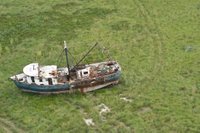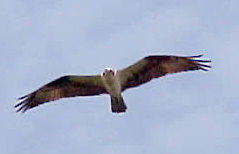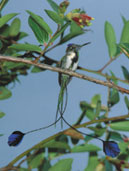Here is how it works: Keep your eyes to the skies at dusk in late July and watch for areas where swifts are feeding. Look for a tall shaft, chimney or similar structure to locate where Chimney Swifts (central to east coast) or Vaux's Swift (Pacific coast) go to roost in your area.See here for contact information and results from previous years.
This year, on one night over the weekend of August 11, 12, 13, and / or September 8, 9, 10 observe the roost starting about 30 minutes before dusk and estimate the number of swifts that enter. When you have your number, contact us with your results. That's all there is to it!
Please include the following information:
- Number of swifts counted
- Time (and time zone)
- Date
- Location
- Address: city, state/province
- Broad description of the site, e.g. school, warehouse, residence, Chimney Swift Tower, etc.
- Weather conditions may also be reported.
Chimney swifts became common in urban areas because of the availability of chimneys and other vertical structures for nesting. However, in recent years the population has declined as chimney construction has changed to discourage nesting. Swifts benefit city residents by consuming large number of insects every day. For more information on chimney swifts, see ChimneySwifts.org.





 For more information on the whooping crane project, see the website of
For more information on the whooping crane project, see the website of 




